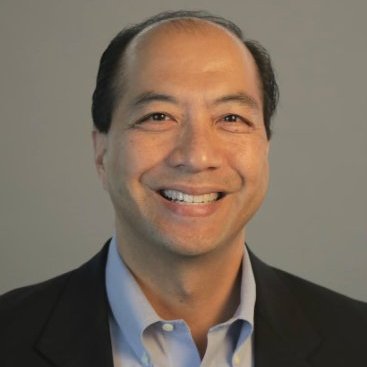Jun 17
2021
A Lesson Learned From COVID-19: The Significance of The Primary Care Physician Shortage

By Ken Perez, vice president of healthcare policy and government affairs, Omnicell.
The coronavirus pandemic has disproportionately affected racial and ethnic minority groups in the United States due to a variety of factors, including social determinants of health, greater incidence of chronic medical conditions, and less access to healthcare. Though brought into sharp relief by COVID-19, these health and healthcare disparities are not new.
Because of its size and concentration in rural and poverty-stricken urban areas, the longstanding primary care physician (PCP) shortage is a key healthcare disparity as well as contributor to health disparities.
A June 2020 report from the Association of American Medical Colleges (AAMC) found that over 1,200 counties in the United States (39%) had a shortage of PCPs in 2017, and a September 2018 analysis by UnitedHealth Group concluded that 13% of the U.S. population (44 million) lived in counties with a PCP shortage, with 23 million residing in rural areas and 21 million in urban or suburban environments.
Moreover, the future is not bright. Using projected changes in population size and age, Ziaoming Zhang, et al. developed demand and supply models to forecast the physician shortage or surplus for each of the 50 states in the United States. The results of the study were published in Human Resources for Health in February 2020. They projected that the United States will face a shortage of 139,160 physicians by 2030. Two regions will have severe shortages—the South (92,172) and the West (63,589)—while the Midwest will have a smaller shortage, and the Northeast will have a surplus. Three of the most populous states will have the greatest physician shortages: California (32,669), Florida (21,978), and Texas (20,420). More than two-thirds of the states (34) will have significant physician shortages.
Similarly, the AAMC study examined the complexities of physician supply and demand and generated projections from 2018-2033. The analysis included supply and demand scenarios and was updated with information on trends in healthcare delivery and the state of the healthcare workforce, such as data on physician work hours and retirement trends.
According to the analysis, the United States could experience an overall physician shortfall of 54,100 to 139,000 by 2033, including shortages of 21,400 to 55,200 primary care physicians and 33,700 to 86,700 nonprimary care physicians (specialists).
According to the AAMC study, there are three main drivers of the projected physician shortage, two on the demand side and one on the supply side.